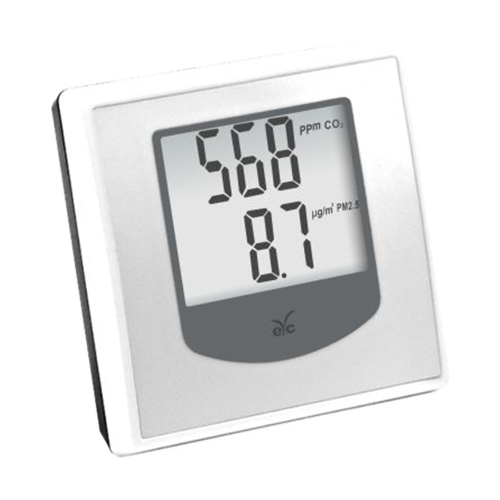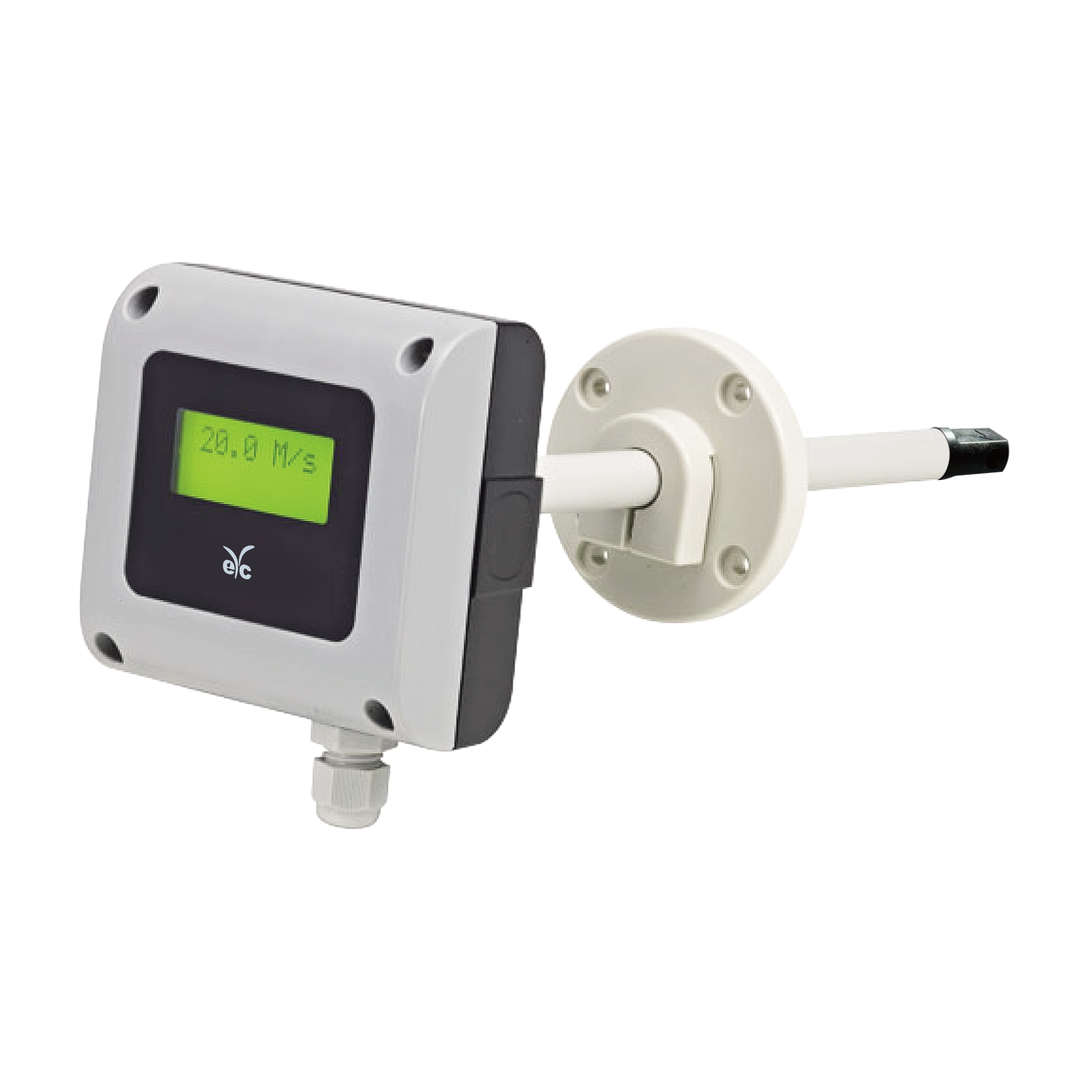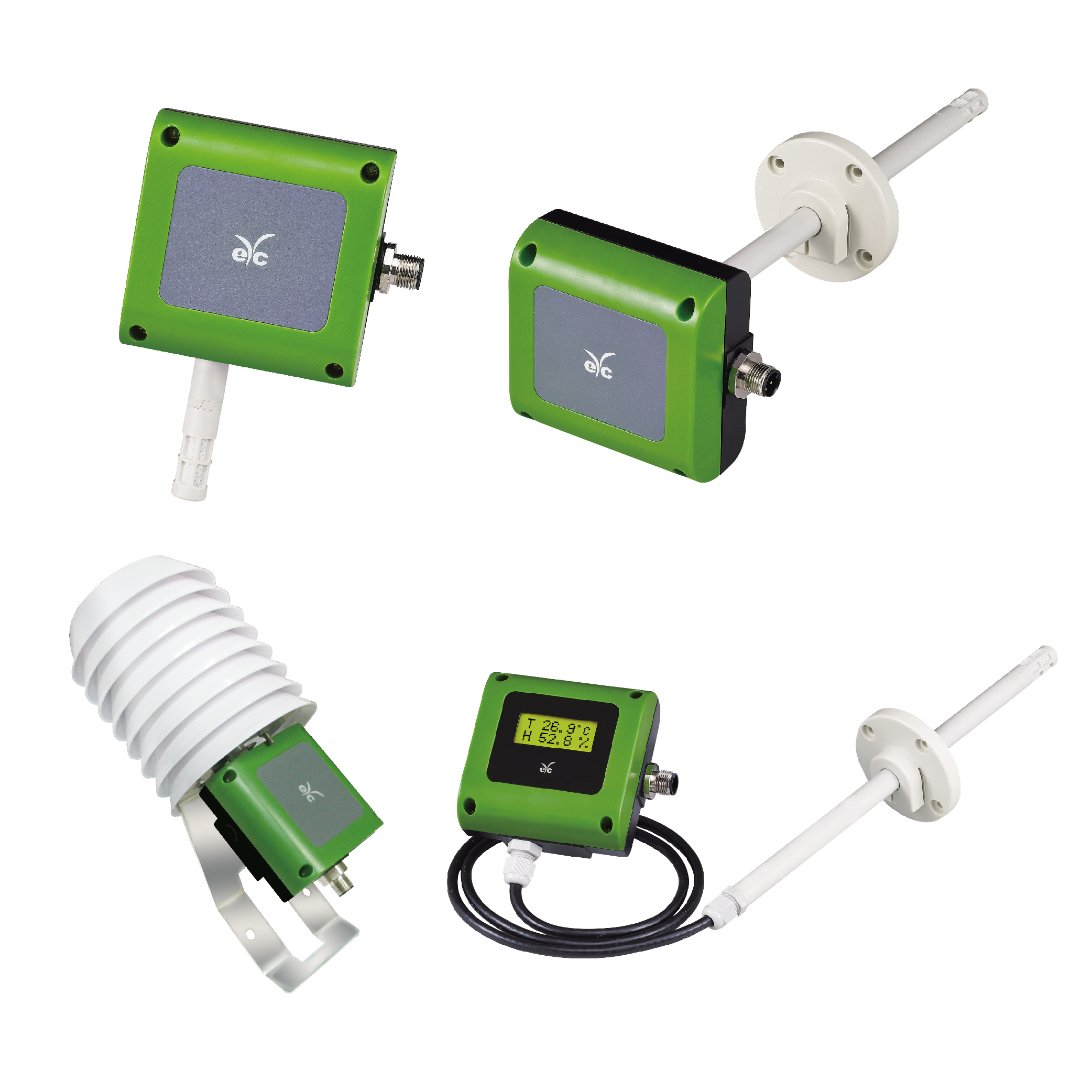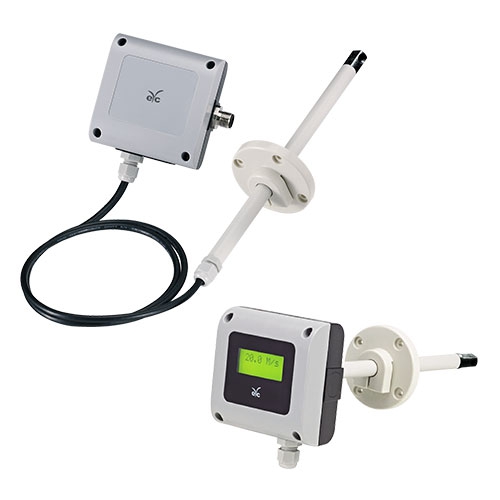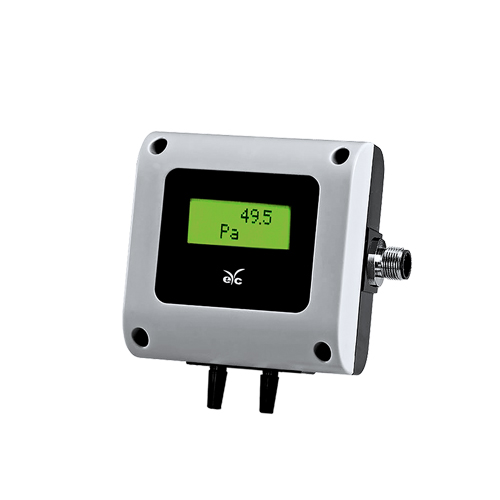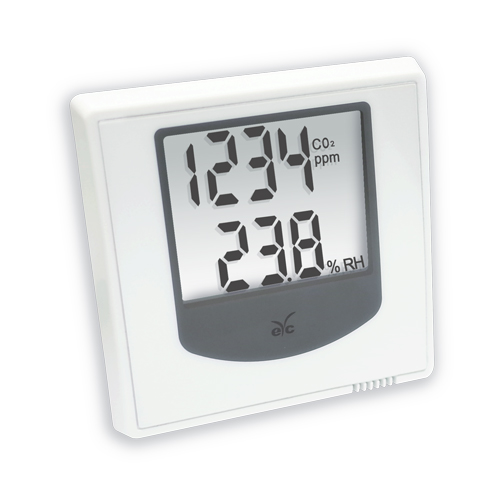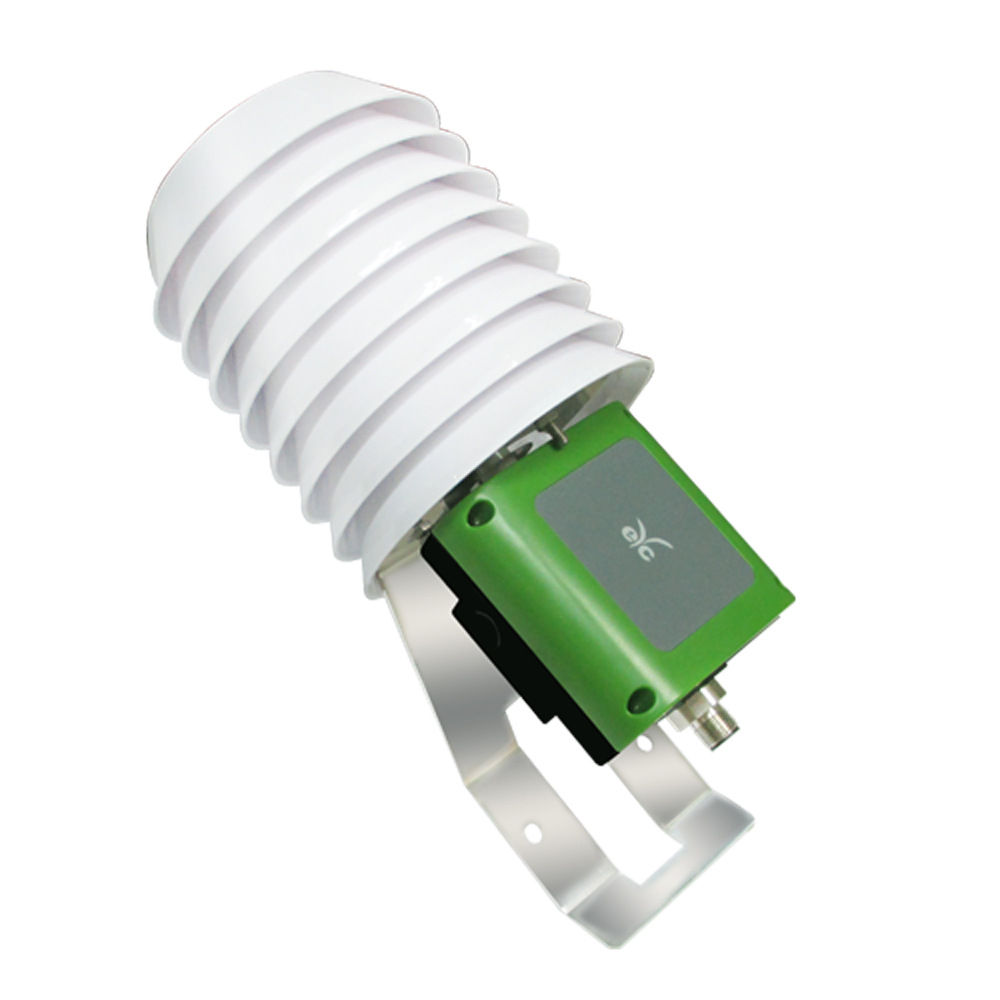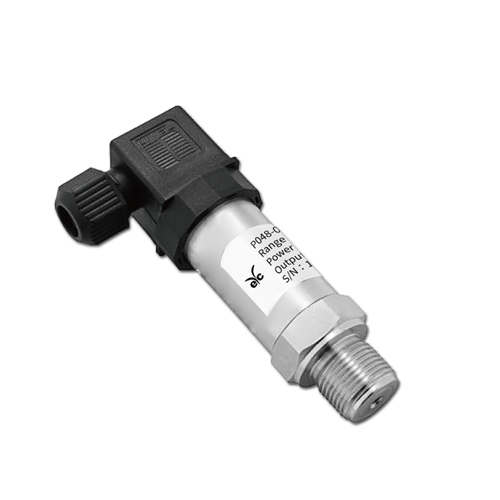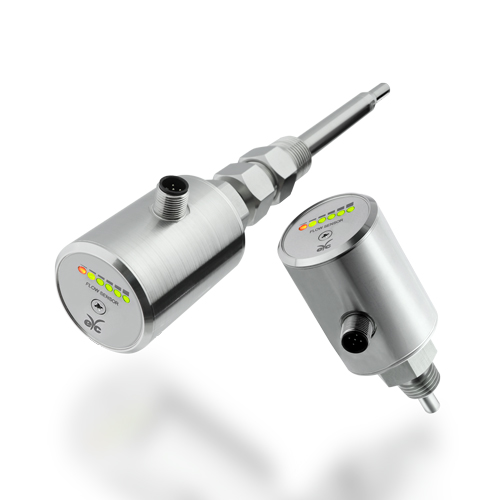Precision Monitoring: Optimizing HVAC for Smart Energy Savings

Precision Monitoring: Optimizing HVAC for Smart Energy Savings
CONTENTS:
☛ Introduction☛ Commercial Buildings Management
☛ AHU(Air Handling Units)
☛ Cooling Systems
☛ Parking Lot Management
Introduction |
HVAC (Heating, Ventilation, and Air Conditioning) refers to systems responsible for regulating indoor air temperature, humidity, and ventilation flow, as well as controlling the separation of indoor and outdoor air to ensure a comfortable and healthy indoor environment. Within HVAC systems, heating provides consistent thermal energy, ventilation ensures the circulation and freshness of indoor air, and air conditioning controls indoor temperature and humidity to create a suitable indoor environment. In recent years, with the increasing awareness of energy conservation and environmental protection, the HVAC field has continuously optimized high-efficiency measurement equipment to improve system performance, reduce energy consumption and costs, and minimize environmental impact.
Commercial Buildings Management |
Early commercial buildings used the building automation system BAS (Building Automation System), but each system lacked a shared management interface, and some equipment could not be controlled to achieve intelligence and automation; or basic operations such as pressure and temperature transmitter and switches were used as basic Control, so it is difficult to effectively manage energy facilities and control budgets. On the overall system, electricity accounts for two-thirds of the total energy consumption, of which lighting, office equipment, and HVAC account for 90%.
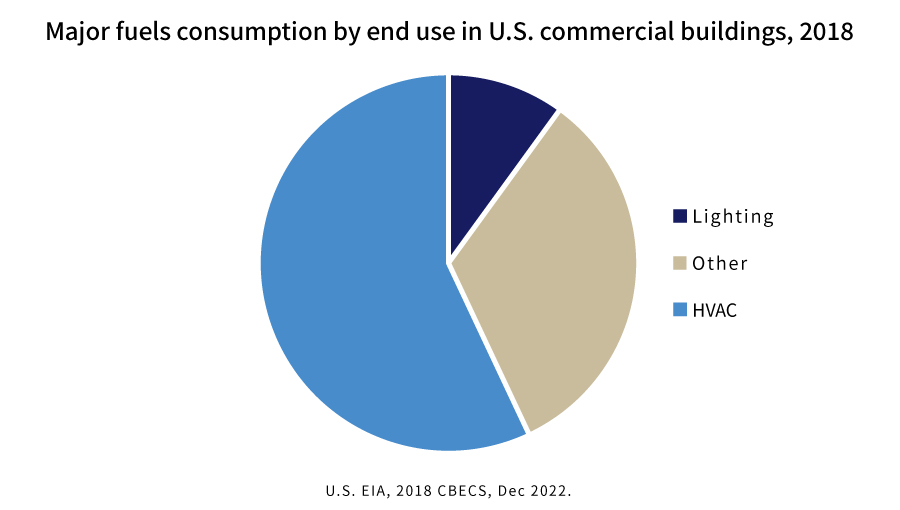
HVAC mainly controls and properly adjusts the temperature, humidity, air circulation and air cleanliness in the building. The transmitter installed in the HVAC system measures the indoor environment mainly to obtain more detailed parameters for the operation of the equipment. Such as temperature, humidity, CO2, PPM, pressure, air velocity, air flow, etc., the measured values are transmitted to the data collector to the central control room through digital or analog signals, and the room is controlled by computer monitoring. Environmental control of grasping the equipment operation status and also can collect data and analyze the environment in combination with the cloud system, so as to effectively control the indoor environment.
Schematic diagram of transmitter in office building HVAC:
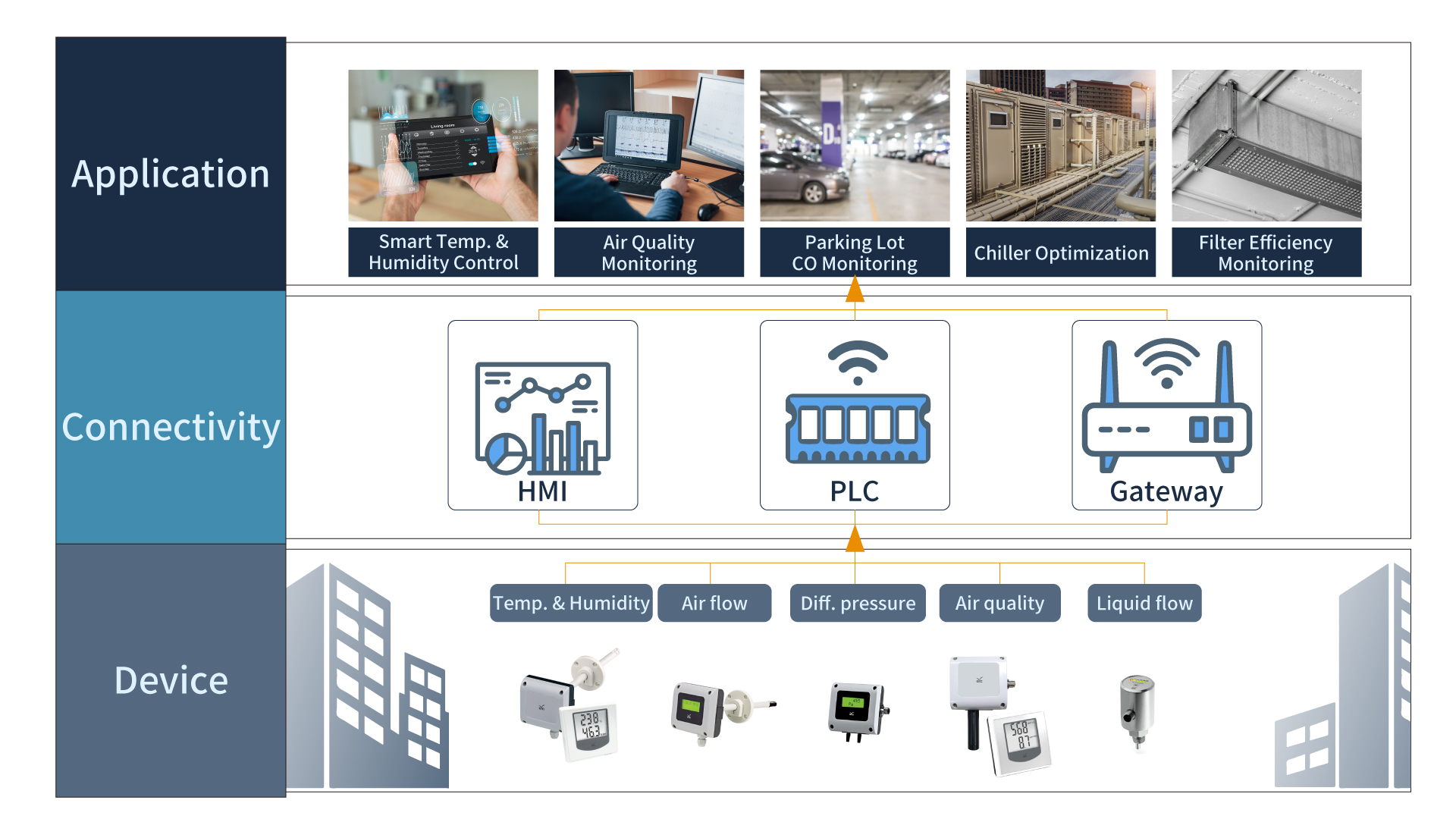
AHU(Air Handling Units) |
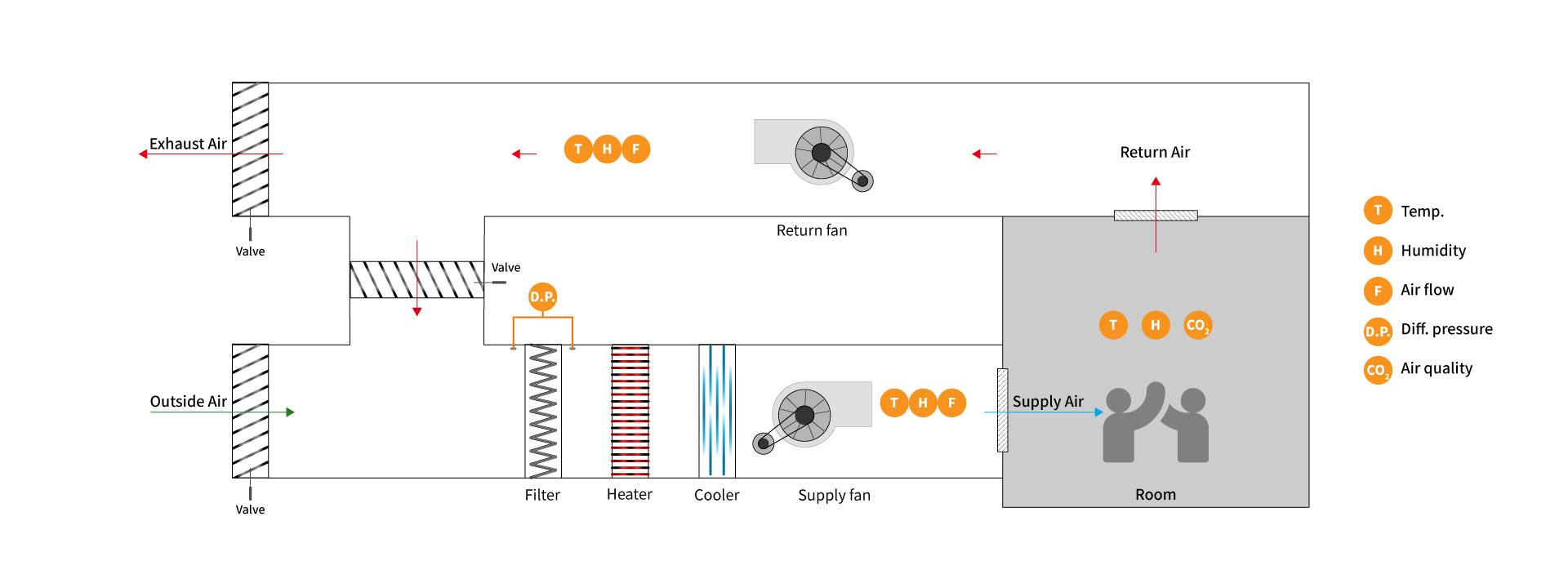
In the air handling unit (AHU) system, transmitters play a critical role in ensuring the system's operational efficiency and maintaining the stability of the indoor environment. Here are several transmitter applications within the AHU:
- Temperature and Humidity Transmitter are installed at the return air vent, in front of the supply fan, and within the indoor space. These transmitters monitor the humidity of the supply air in real-time, and by adjusting the heating or cooling systems, they ensure that the indoor air temperature remains within the desired range, achieving both energy efficiency and comfort.
- Air Flow and Air Velocity Transmitter are installed at the supply air outlet and in front of the return fan to monitor the fan's airspeed and volume. These transmitters help maintain proper airflow circulation and ventilation within the AHU, optimizing indoor air circulation and improving air quality.
- Differential Pressure Transmitters are mainly installed at the filter. They monitor the pressure difference across the filter. As dust and debris accumulate in the filter, the pressure difference increases. By referring to the measured data, you can determine whether the filter needs to be cleaned or replaced, ensuring air quality is not compromised and the system continues to run efficiently.
- CO₂ Transmitter are installed in indoor spaces to monitor the concentration of carbon dioxide in real-time. When the amount CO₂ become too high, you can make the system introduce more fresh air to maintain air quality, ensuring comfort and health in the indoor environment.
THS30X Series Multifunction
Temp. & Humid. Transmitter
FTS34/35
Air Velocity Transmitter
PMD330
Differential Pressure Transmitter (Indoor)
THG03
CO2 Temperature & Humidity Transmitter
Cooling Systems |
Industrial manufacturing, technology industries, and data centers often require efficient cooling systems to maintain the stability of equipment and systems. In cooling systems, the core components commonly include cooling towers and chillers, which are selected based on the cooling needs of the specific application process. Cooling towers are typically used to cool water by removing heat from the system through the evaporation of water, thereby lowering its temperature. On the other hand, chillers utilize compressors to cool refrigerants.
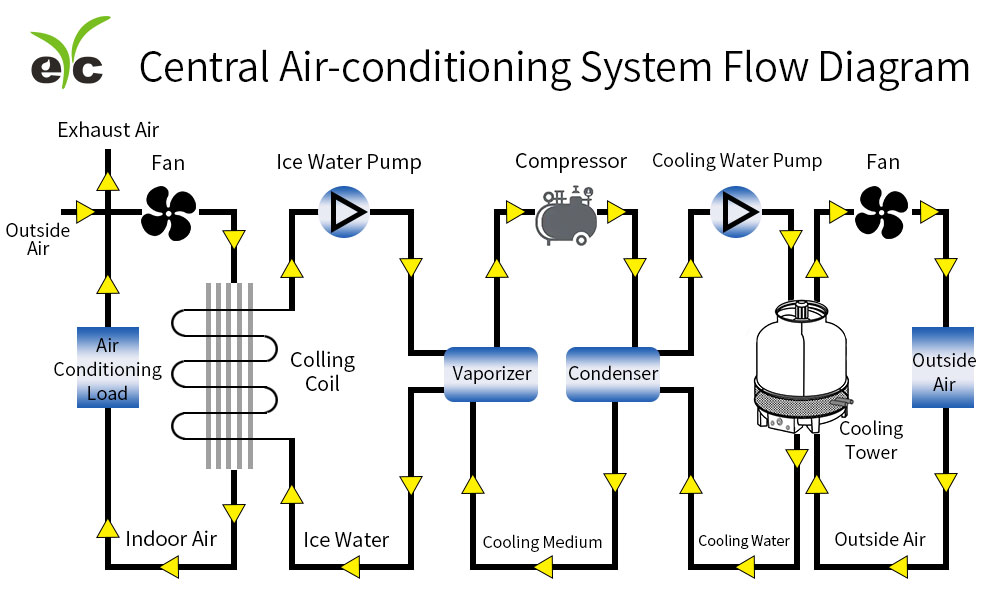
Used for air conditioning, the measurement transmitter will make the control system for temperature, humidity, air cleanliness, and air circulation, adjust the cooling energy output of the air conditioner, and will directly affect the user feeling (such as people, things, important machinery, and equipment) .
Parking Lot Management |
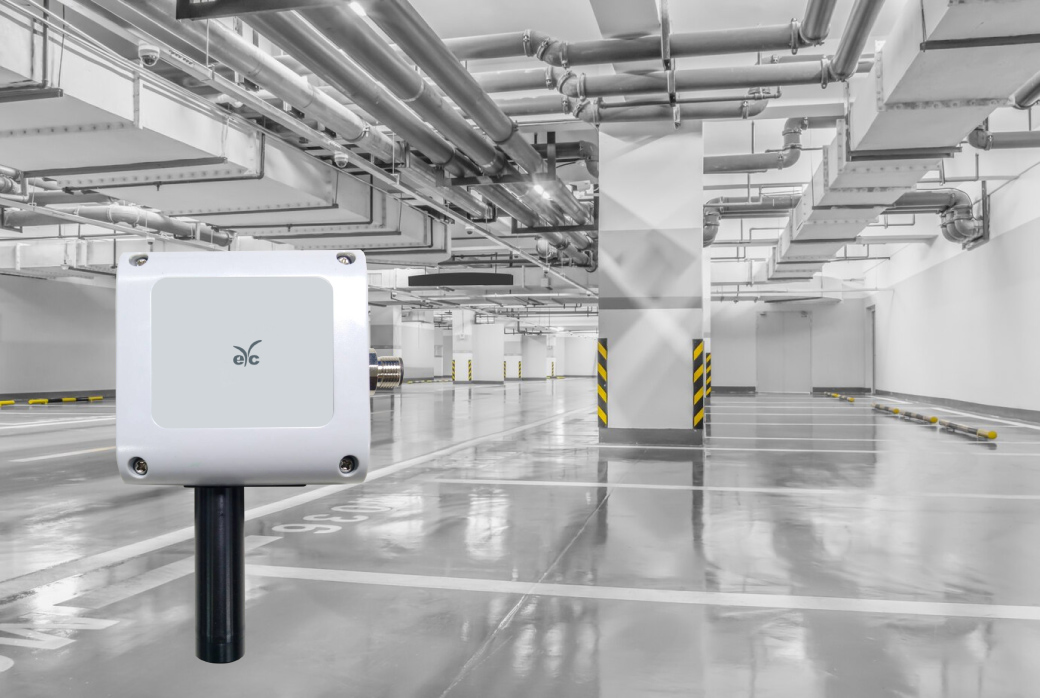 |
Parking lot management is an indispensable part of urban life. Detecting changes in carbon monoxide concentration in parking lots is crucial for maintaining the health and safety of users. Managers can promptly identify safety risks and take appropriate measures, such as enhancing ventilation or temporarily restricting user access. Continuous monitoring of carbon monoxide levels can significantly improve the safety of parking lots, providing users with a more comfortable and secure parking environment. |
Its advantages include many physical quantities in terms of functions, economical, high accuracy, long-term stability, low power consumption, durable, and optional ISO/IEC 17025 (TAF/ILAC) calibration report.
Contact Us > > www.eyc-tech.com | T E L : +886-2-8221-2471 | e - m a i l : info@eyc-tech.com




